Just as when it followed up the X-T1 with the X-T10, Fuji has taken a lot of the good stuff from the X-T2 and packaged it in a lighter, more affordable body to give us the X-T20.
Rather than leaving a 16-month gap between launching the two cameras as it did with the X-T1 and X-T10 though, Fuji has hardly missed a beat, announcing the X-T20 just over four months after the X-T2.
So should X-T2 owners now be kicking themselves over their purchase, or are there enough differences to separate the two?
Features
- APS-C X-Trans CMOS III sensor, 24.3MP
- 3.0-inch tilt-angle touchscreen, 1,040,000 dots
- 4K video capture
Just as we’ve seen with the X-Pro2 and X-T2, the X-T20 incorporates Fujifilm’s latest 24.3MP X-Trans CMOS III APS-C sensor. It delivers a significant boost in resolution from the X-T10’s 16.3MP sensor, and brings the new camera in line with pretty much most of its competitors.
The ISO range gets a boost as well, with a native sensitivity range of ISO200-12,800, compared to ISO200-6,400 on the X-T10, and while the expanded range stretches to the same sensitivity limits of ISO100-51,200, there’s some welcome news here too – unlike on the X-T10, where the expanded range was restricted to JPEG-only files, the X-T20 allows you to shoot raws as well JPEGs at this expanded range.
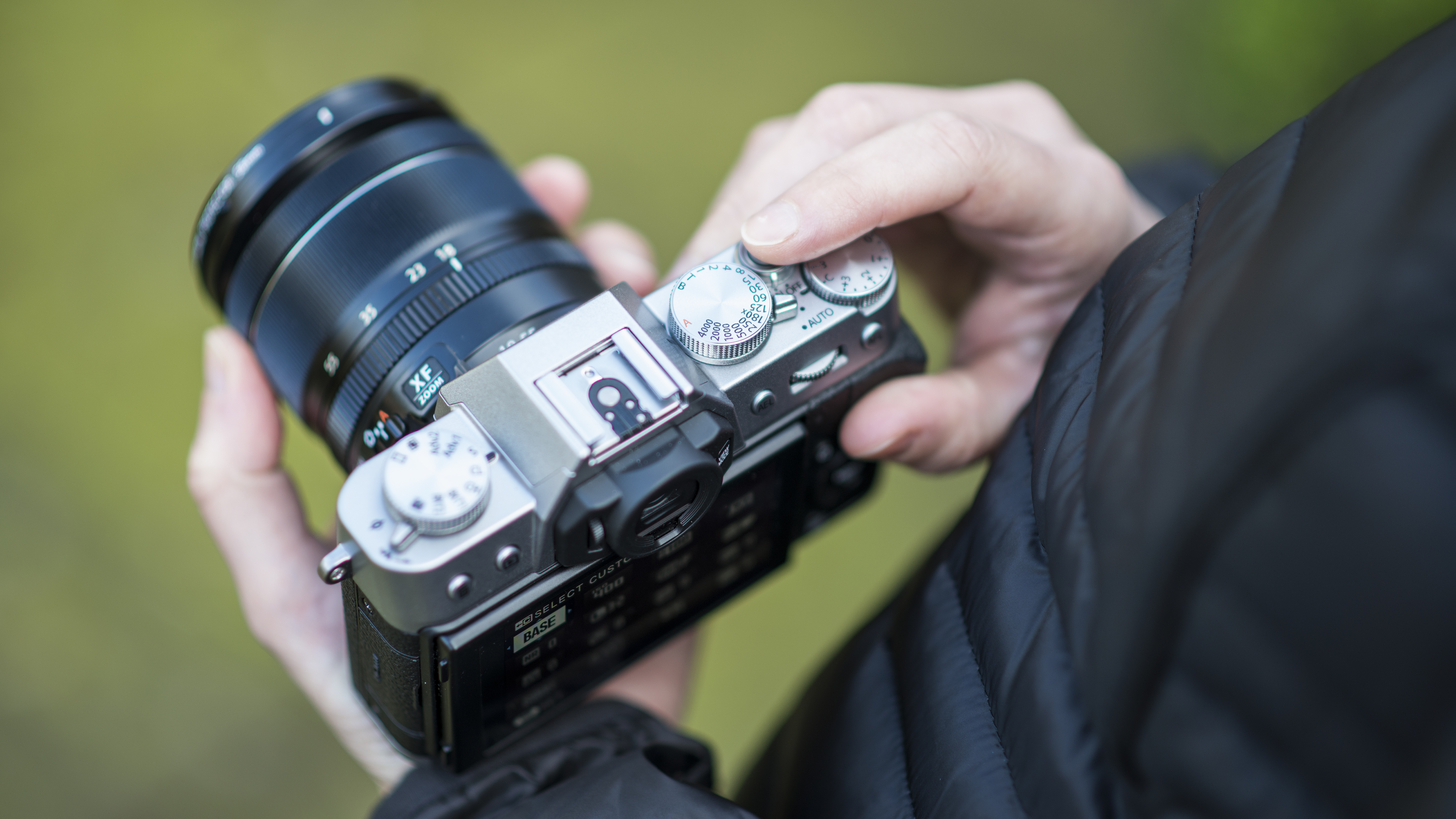
The X-T20 sticks with the same 2.36 million-dot OLED electronic viewfinder as we saw on the X-T10. Interestingly, while the resolution matches that of the EVF used in the X-T2, the magnification isn’t quite as impressive, at 0.62x compared to 0.77x, and not quite a match for the Lumix G80/G85’s 0.74x magnification.
While the X-T2 did away with a touchscreen interface at the rear – at the time Fuji believed, after feedback from users, that there wasn’t a demand for it – it seems to have had a bit of a change of heart for the X-T20.
The X-T20’s 3.0-inch touchscreen doesn’t quite offer the same breadth of control as, say, the one on the Canon EOS M5 or G80/G85 though, limiting you as it does to tapping the display to acquire focus and trigger the shutter, in addition to pinching to zoom when reviewing images; if you’re hoping to be able to toggle and adjust controls on the rear display you’ll be left disappointed.
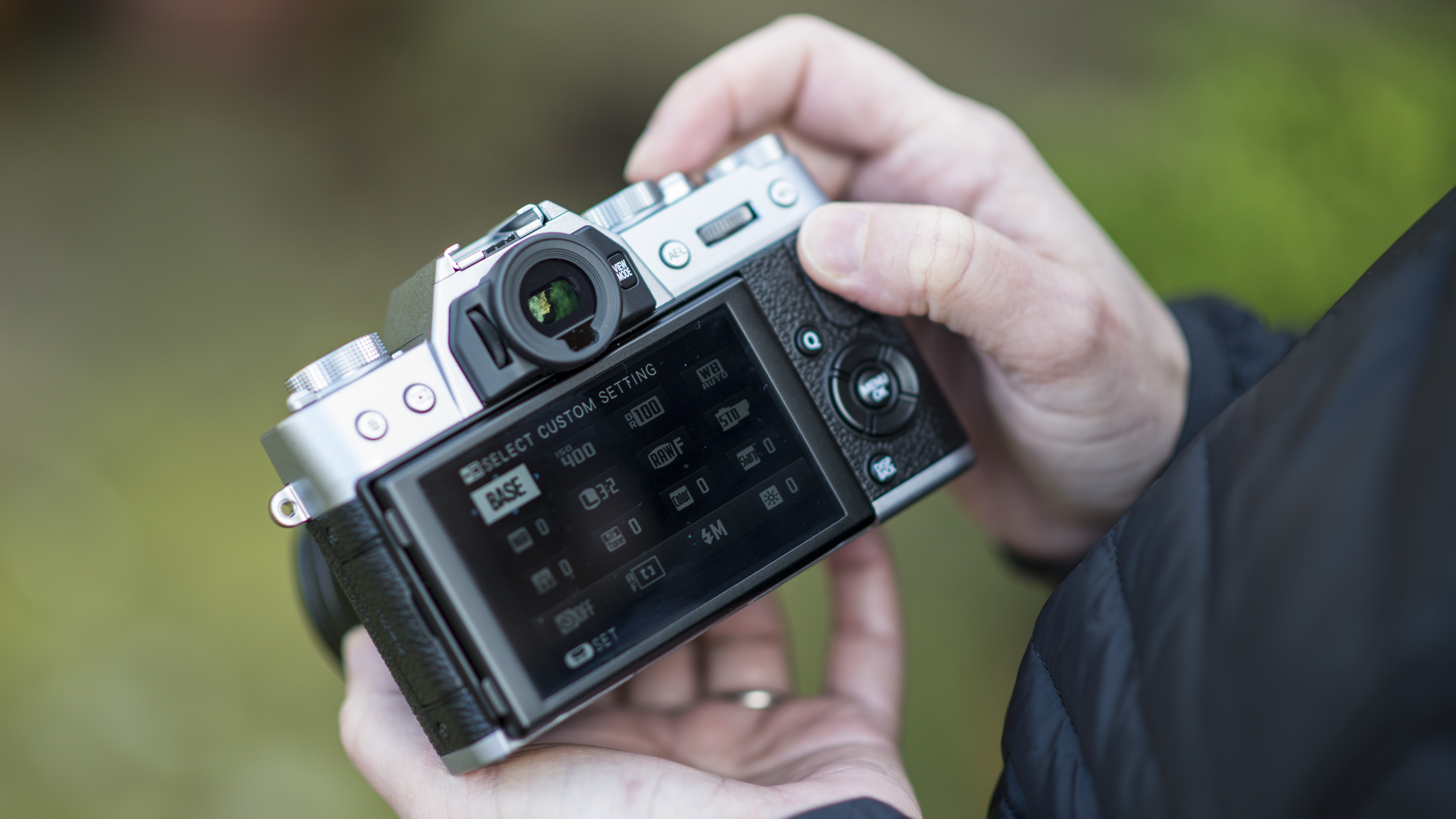
Resolution receives a boost over the X-T10, increasing from 920k-dots to 1.04m-dots, matching that of the X-T2. Unlike the X-T2, the X-T20’s display doesn’t take advantage of Fuji’s double-jointed design, but the mechanism still allows you to pull the display outwards for waist-level shooting, and downwards should you want to use the camera raised aloft.
The X-T20 also comes equipped with Fujifilm’s X-Processor Pro imaging engine, which sees it spring into life a little quicker than the X-T10 at 0.4 seconds, while the shutter lag has been reduced to 0.05 seconds.
There’s just a single SD card slot on the X-T20, compared to the X-T2’s two, while it doesn’t support UHS-II cards.
The X-T20 offers 4K video capture (3840 x 2160) at 30p as well as Full HD (1920 x 1080) at 60p, both of which support film simulations as well. There’s an input for a microphone, but not for audio monitoring.
Build and handling
- Magnesium top and bottom plates
- No weather-sealing
- 383g
Just as we’ve seen with the X-Pro2 and X-T2, Fujifilm has opted to tinker with and refine an existing design for the X-T20, rather than go back to the drawing board and come up with a completely new one.
As such the X-T20 takes on the slightly hunched, DSLR-style design of the X-T10, looking like an X-T2 that’s been told to lay off the chocolate biscuits.
While there’s no weather-sealing present, as on the X-T2, the X-T20 sports magnesium top and bottom plates, which along with a comfy (if modest) grip and the tactile covering used, make the X-T20 feel like a very solid and quality piece of kit – it certainly doesn’t feel like a poor relation of the X-T2.
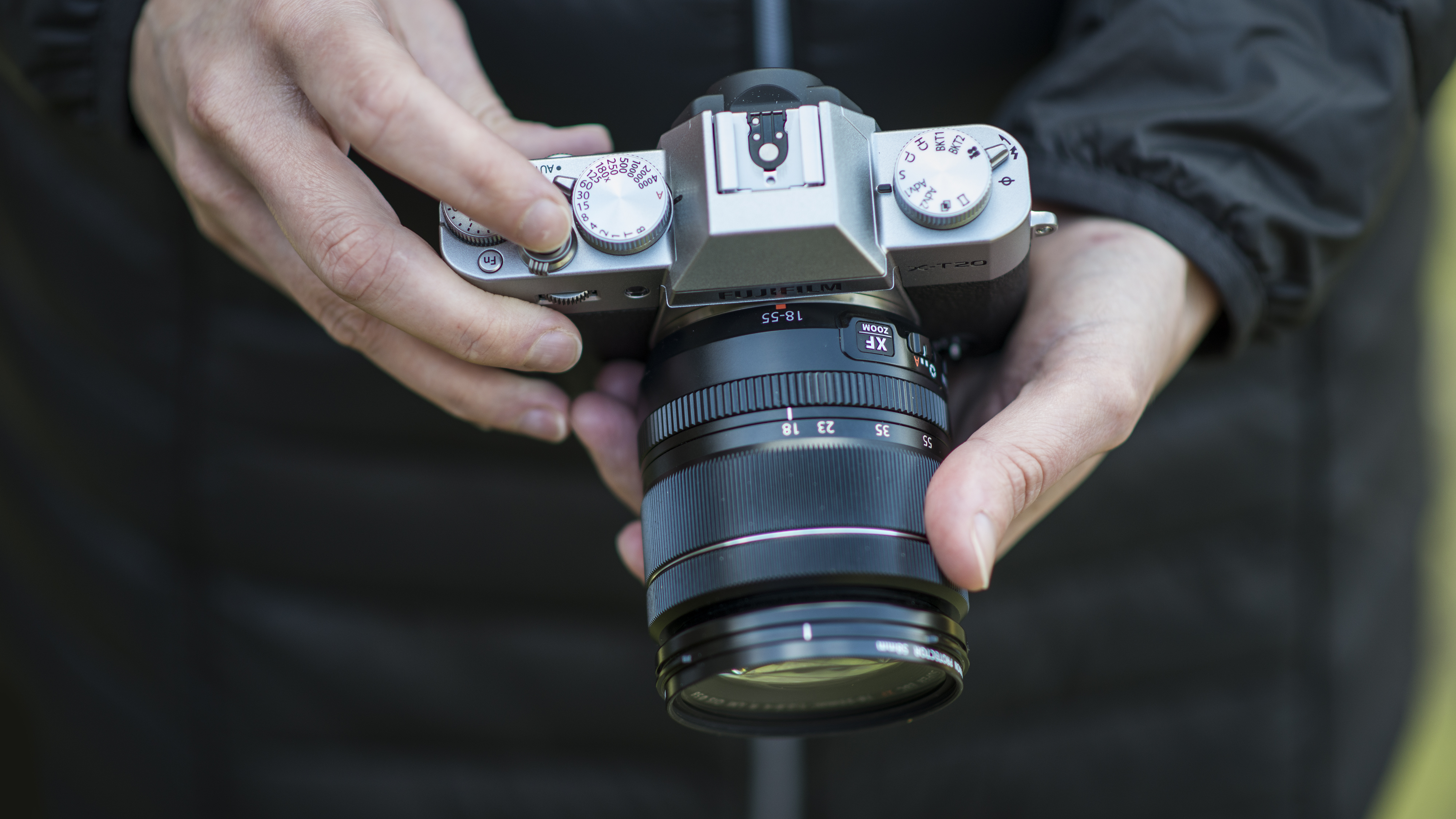
Fuji's decision to stick closely to the design of the X-T10 means the X-T20 is furnished with a decent, but not overwhelming, amount of body-mounted controls. Along the top plate and to the right of the viewfinder is the large shutter speed dial, with settings running from 1 to 1/4000 sec plus Bulb, Time and Automatic.
To the right of that is an exposure compensation dial – but whereas the settings on the X-T10 ran from -2 to +2EV, the X-T20’s range has been extended to ±3EV.

As we saw on the X-T2 there's also now a ‘C’ setting on the dial, which lets you set compensation up to ±5EV using the camera's front command dial, and as on the X-T2 this works very well – we probably prefer using it this way to manually adjusting the nicely machined exposure compensation dial, as it’s easier to quickly make changes when the camera is raised to your eye.
The dedicated movie button just to the right of the shutter button on the X-T10 is now a feature on the drive dial, while there’s a programmable function button in its place. We much prefer this arrangement; with no dedicated ISO button, a quick dip into the menu to assign the function button to ISO means you can now quickly change the sensitivity.
As we’ve just touched on, there’s a dedicated drive mode on to the left of the viewfinder, which also has options for accessing the Movies, Bracketing, Advanced Filter (there are two settings for this), Multiple Exposure and Panorama modes. There are two bracketing options, one for exposure bracketing and another for Film Simulation bracketing, enabling you to produce a sequence of three images with different exposures or different Film Simulation settings.

Around the collar of the drive mode dial is the release for the built-in flash. We have to say that the little flash feels much less flimsy than we’ve become accustomed to on other cameras, with a decent amount of resistance when collapsing it down again.
There’s also a lever around the shutter speed dial that's designed to help less experienced photographers, enabling users to override the exposure settings of the X-T20 and set the camera to fully-automatic mode for easy point-and-shoot photography if desired.
Round the back of the camera things also look pretty familiar, with one difference: the function button that was at the bottom-right on the X-T10 has disappeared. A little disappointing perhaps, but when you consider that you’ve now got a better-placed function button on the top plate instead, it's not that great a loss.
As well as this dedicated function button on the top, there are plenty of body-mounted controls on the X-T20 – it’s possible to assign a plethora of settings to the four-way buttons on the rear, and to the AE-L and AF-L buttons too. The front and rear command dials control shutter speed and aperture, but can also be depressed to select a secondary control; however, while the rear command dial can be assigned a function when pressed, the front one is dedicated to the ‘C’ mode of the exposure compensation control.

There’s also Fujifilm's Quick menu system, accessed via the Q button. As the name suggests this gives you quick access to 16 key settings, and it’s possible to customise these should you wish, with a choice of 28 different options. This works well, and it's handy to be able exclude features that you don't use in favor of those you do. To speed things up in the field it would have been nice to have seen the touchscreen functionality extend to the Quick menu, but that’s not an option on the X-T20 unfortunately.
While Fujifilm furnished both the X-Pro2 and X-T2 with a rather useful mini-joypad on the rear of the camera for quick AF point selection, this hasn’t made it over to the X-T20; instead you’ll have to use the four-way control, or tap the touchscreen to select the AF area.
Autofocus
- 325-point AF
- Eye-detection AF
- 5 AF-C presets
You could be forgiven for thinking that Fuji would give the X-T20 a stripped-down AF system compared to its flagship siblings, but that’s not the case at all, with the X-T20 featuring the same advanced system as the X-T2.
Fuji has made some big strides with its autofocus systems over the past year, so the upgrade in autofocus system here over the one employed on the X-T10 is a welcome change.
The hybrid AF system employs both phase-detection and contrast-detection points, with up to 169 phase-detect points arranged in a large square formation (13 x 13) in the centre, supplemented by two grids of 6 x 13 contrast-detect points either side to deliver a total of 325 focusing points across a large area of the frame – that’s up from the X-T10’s total of 49 points.
The above is for single-point AF; for Zone and Wide/Tracking this drops to a still-impressive 91-point arrangement, this time with a central grid of 7 x 7 phase-detect points, with the edges of the frame covered by two grids of 3 x 7 contrast-detect points; if you wish, you can swap to this arrangement for single-point AF if 325 points feels like overkill.
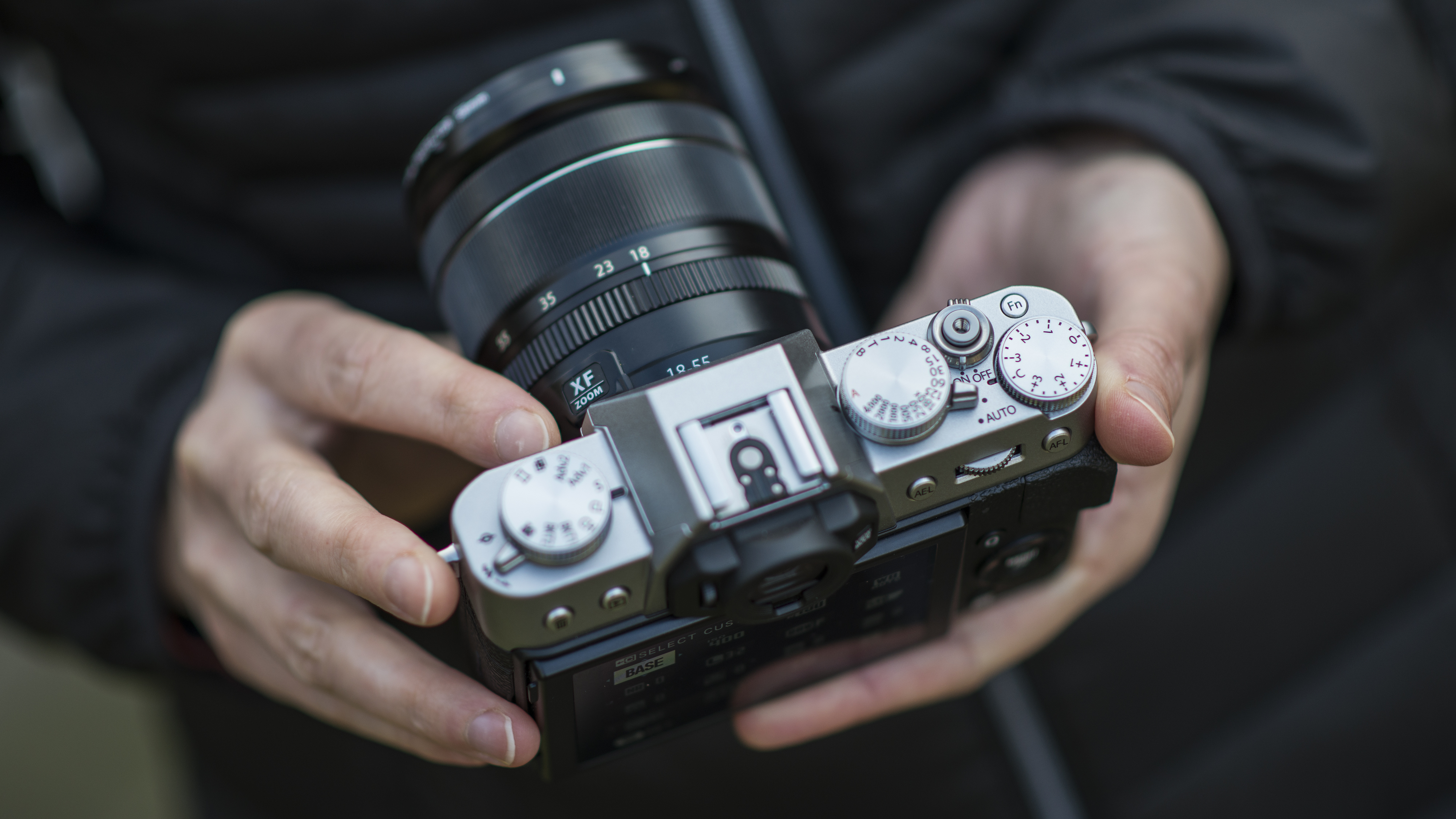
While continuous focusing with the X-T10 could at times be an optimistic affair with miss-focused shots, just as we’ve seen with the X-T2, focusing tracking with X-T20 is much improved.
Just as we saw on the X-T2, the X-T20 uses a new AF algorithm to boost accuracy, with three parameters taken into consideration. These are Tracking Sensitivity (how long the camera waits before switching focus), Speed Tracking Sensitivity (determines how sensitive the tracking system is to changes in subject speed) and Zone Area Switching (whether bias is towards the centre, auto or front).
The X-T20 features the same five presets we saw on the X-T2, with each preset using a different mix of these three parameters to suit different types of subject. The only thing that hasn’t carried across from the X-T2 is a custom setting, to enable you to tinker with the variables yourself.
Whether you’re shooting static or fast-moving subjects, the X-T20’s AF is nice and quick – we’d have little hesitation using this camera for action, especially if paired with a lens such as the XF50-140mm f/2.8 R LM OIS WR.
Performance
- 8fps burst shooting
- 350-shot battery life
- Sound metering system
The X-T20 uses Fujifilm’s proven TTL 256-zone metering system, which performs admirably, even when directed at high-contrast scenes. Here it can tend to underexpose the shot, but we’d happily take this to avoid blown highlights, and recover detail in the shadows later.
If you’re going to be shooting a lot of portraits the metering is geared to provide a bias towards overexposing the shot for a more flattering high-key result. It’s easy to fine-tune the exposure though – as we’ve mentioned, set the exposure compensation to ‘C’ and it’s quick to adjust. And the joy of mirrorless is that the EVF will display the exposure in real time, so you won’t get any nasty surprises when reviewing your images.

While we’re on the subject, the viewfinder is lovely and bright, but because the magnification isn't quite as impressive as on the X-T2 (they share the same 2.36m dot resolution remember) it feels that little bit more cramped to look through.
The 3-inch display is also very good – the slight boost in resolution is welcome, with a crisp, clear feed perfect for composing or reviewing shots. It’s certainly nice to see the addition of a touchscreen interface – it works well for tapping to focus and when reviewing images, although as we’ve touched on it would have been nice to have the functionality extended to areas of the menu system.
Battery life is 350 shots on a single charge – in the ballpark for a mirrorless camera and a slight improvement over the X-T10, but when compared to the likes of the Nikon D5600, which has an impressive 820-shot battery life, it’s found a little wanting. It can be charged direct via USB however, while there’s also a dedicated charger bundled in the box. Either way, we’d recommend getting yourself a spare battery.
There’s no support for UHS-II cards, but despite this the X-T20 can still rattle off eight frames in a second, with the buffer good for 23 uncompressed raw files or 62 JPEGs; opt to use the X-T20’s electronic shutter instead of the mechanical one and you’ll be able to shoot at 14fps, with the buffer able to handle 22 uncompressed raws or 42 JPEGs. It’s not going to top any lists of sports cameras, but it’ll let you capture a sequence of action if you need it to.
Image quality
- ISO200-12,800, expandable to 100-51,200
- Film simulation modes
- +/-5 EV exposure compensation in 1/3 or 1/2-stop increments
While the X-T10’s 16MP sensor delivered good results, the X-T20’s 24.3MP chip is a welcome step up. It uses the same X-Trans CMOS III sensor as the X-Pro2 and X-T2, and files from the X-T20 display excellent levels of detail, even at higher sensitivities, comparing very favourably to images from APS-C rivals with a similar resolution.

Dynamic range is also very impressive on the X-T20 – and there's plenty of flexibility to recover detail once you're in Photoshop. With JPEG files we found it was possible to recover a decent amount of shadow detail in images, while raws offer even more latitude. With low-ISO raw images you've probably got up to around four stops to play with, although this is reduced once the sensitivity increases beyond ISO1600.

Don't forget too that there's Fuji's own Dynamic Range mode, which works with both JPEG and raw files. There is a caveat here though – if you want to use the strongest DR400 setting, the base sensitivity increases to ISO800, while the moderate DR200 setting is a little better at ISO400. Results are very good though – if you're prepared to shoot at ISO800, the DR400 setting can preserve plenty of highlight and shadow detail in a high-contrast scene.
The X-T20's sensitivity range, on paper at least, compares favorably to rivals; the ceiling limit of ISO51,200 is a stop better than the Lumix G80/G85 and EOS M5, while the ability to record raw files at this sensitivity is an improvement on the X-T10's JPEG-only option.
Files at the lower end of the sensitivity range deliver really clean results – you'll be hard-pushed to find any signs of luminance noise (grain-like in appearance) in flat-color areas such as blue skies.
As we've seen with the X-T2 and X-Pro2, it's only at ISO3200 that luminance noise starts to become an issue. That said, at this sensitivity results are more than acceptable; the noise has a natural look to it, while even up to ISO12,800, results won't be unusable, provided you apply a bit of noise reduction in post-processing.
Verdict
You could be forgiven for thinking the X-T20 might be something of a compromise camera from Fujifilm, but that’s certainly not the case.
True, sacrifices have been made compared with the X-T2 – there's no weather-sealing, the magnification on the EVF isn't as good and there's only a single card slot, while the buffer won't let you shoot for as long.
These will be deal-breakers for some, who'll want to shell out for those extra features on the X-T2; but pick up and start shooting with the X-T20 and it certainly doesn’t feel like the X-T2’s poor relation.
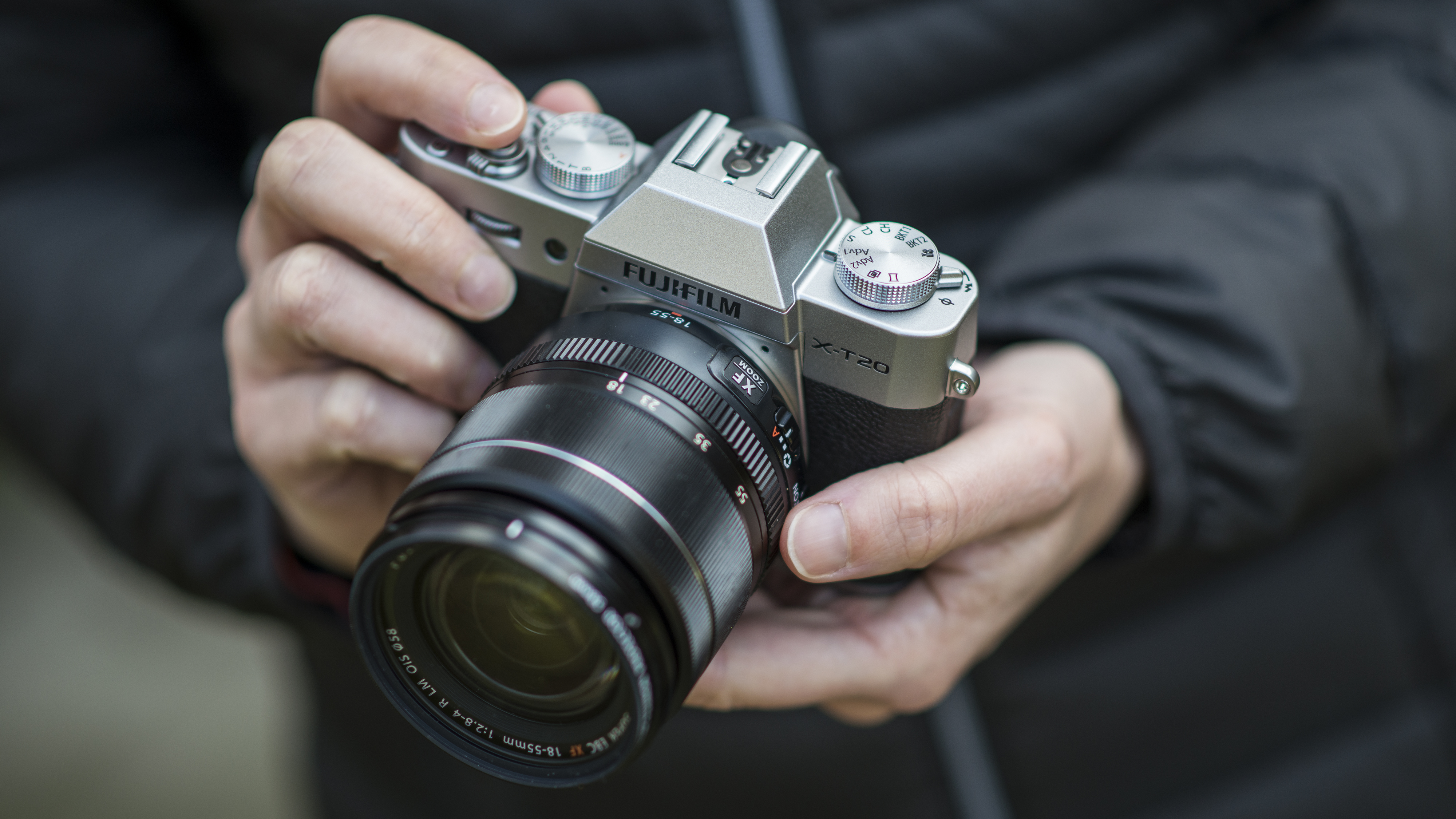
Despite the lack of weather-sealing the X-T20 feels very similar to its bigger brother in terms of build quality, while the tactile controls and polished handling make it a very satisfying camera to shoot with. We’d like to see the touchscreen interface integrated further, but that's only a minor grumble.
AF performance is identical too, as long as you don’t want to customize it, while the images the camera captures display the same lovely colors and detail that you get from the X-T2.
It's certainly brave of Fuji to bring out the X-T20 so close to the X-T2, as the more appealing price point of the X-T20, combined with many of the excellent features of the company's flagship X Series camera, is likely to hit the sweet spot for many photographers.
Competition
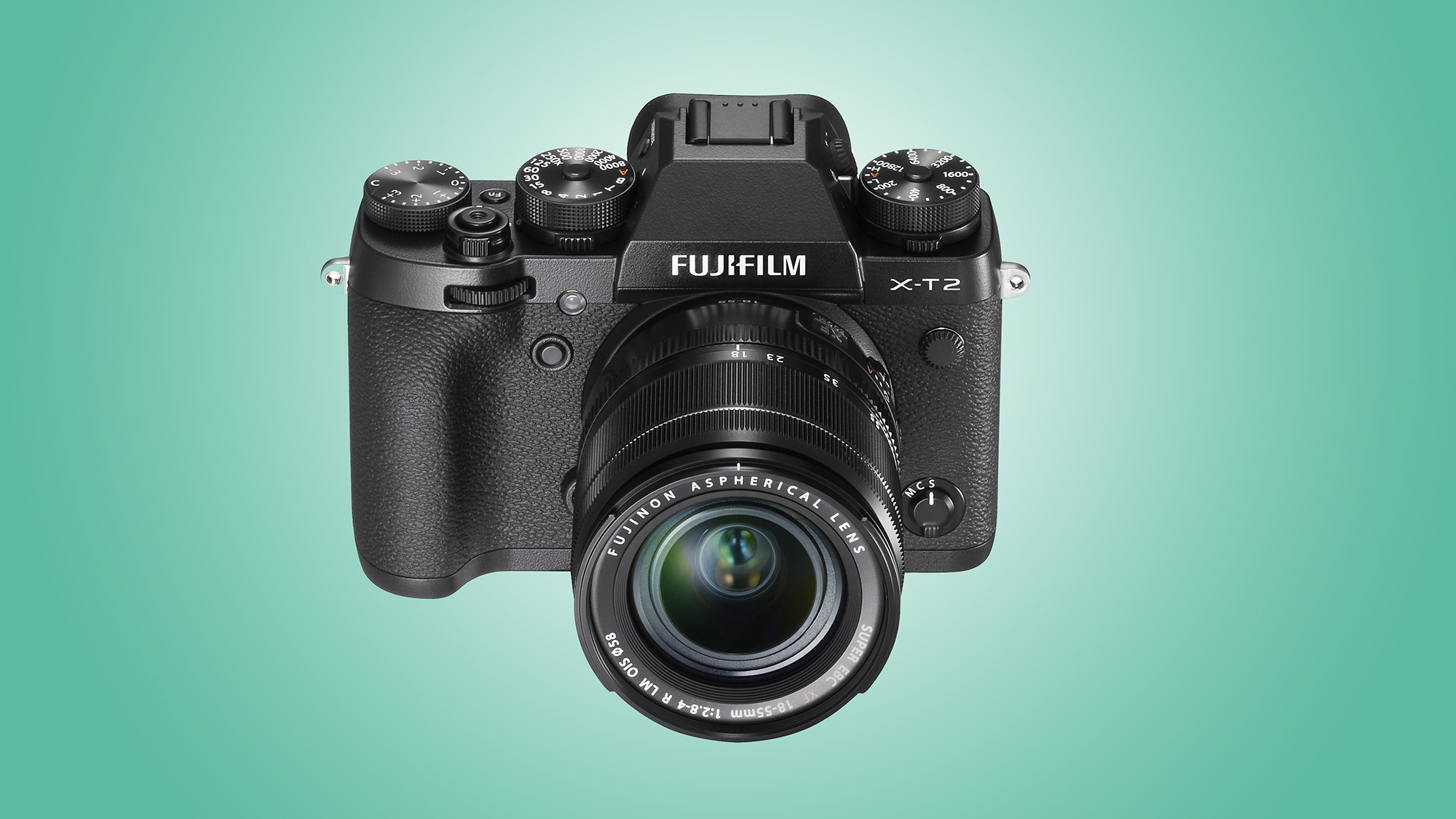
Fuji X-T2
One of our favourite cameras currently, the X-T2 is a fabulous camera – but with the arrival of the X-T20 you'll need to ask yourself if you need those extra features, or if the money you'd save by going with the X-T20 wouldn't be better spent on some new lenses.
Read the full review: Fuji X-T2
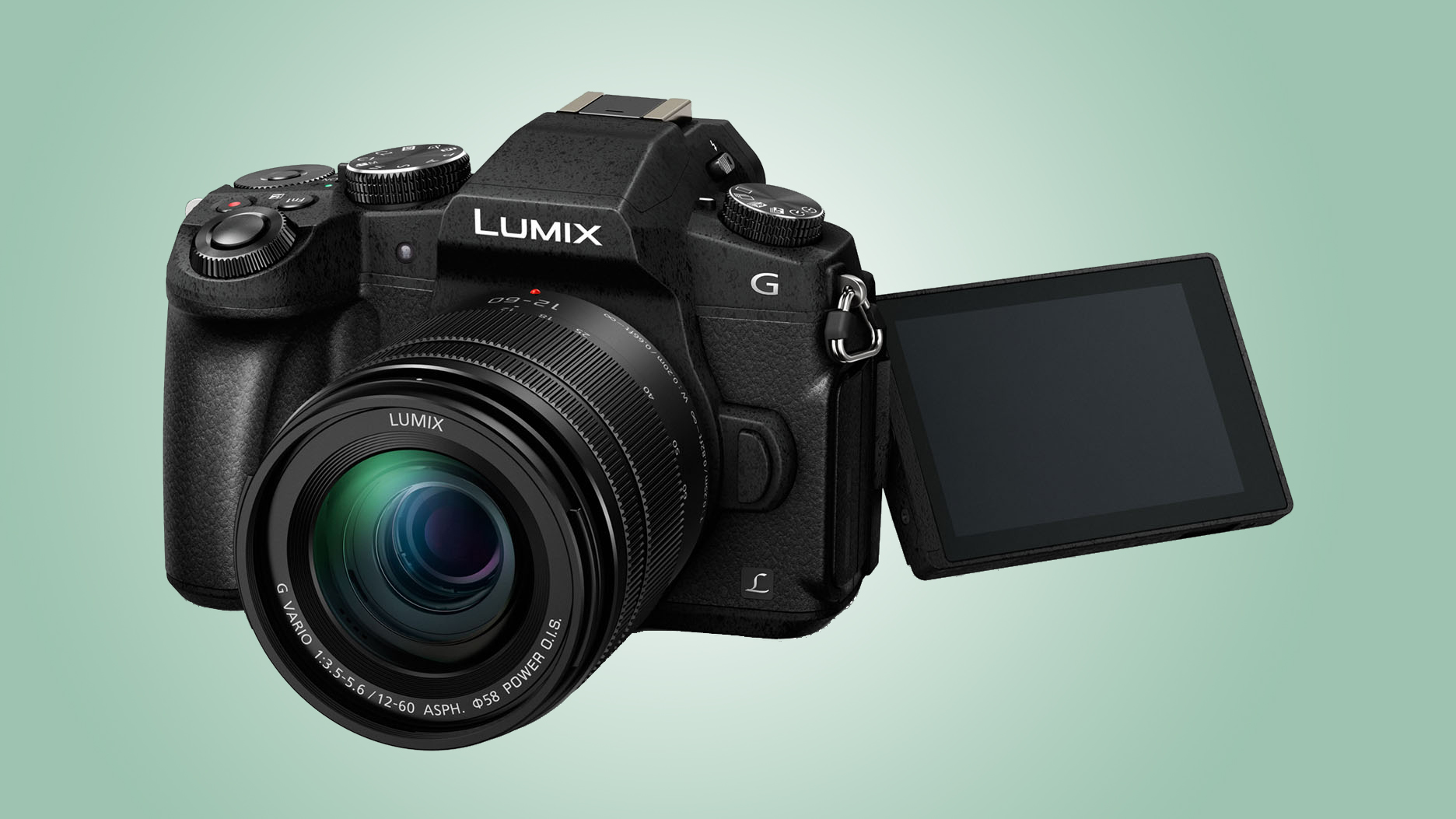
Panasonic Lumix G80 / G85
One of the X-T20's closest rivals, the Lumix G80 (or the G85 if you're in the US) is a great all-rounder. Featuring a larger EVF and fully integrated vari-angle touchscreen, the G80 also shoots excellent 4K video. The interface can be a little overcomplicated though, while the 16MP Micro Four Thirds sensor lags behind the X-T20's.
Read the full review: Panasonic Lumix G80 / G85

Nikon D7200
There's no 4K video capture or vari-angle touchscreen, but Nikon's tried-and-test enthusiast DSLR is still an excellent piece of kit. The 51-point AF system is one of the more sophisticated out there, while the excellent handling, solid performance and 24MP APS-C sensor have made it a popular choice.
Read the full review: Nikon D7200